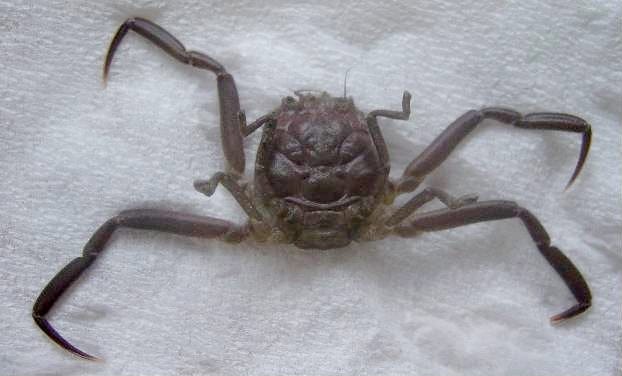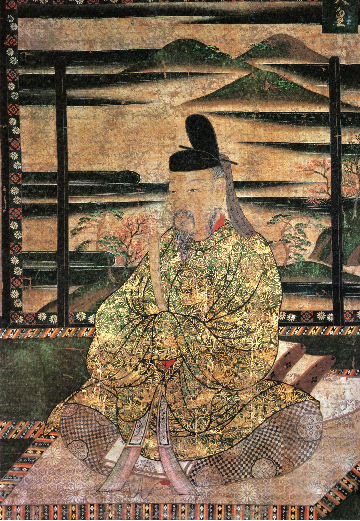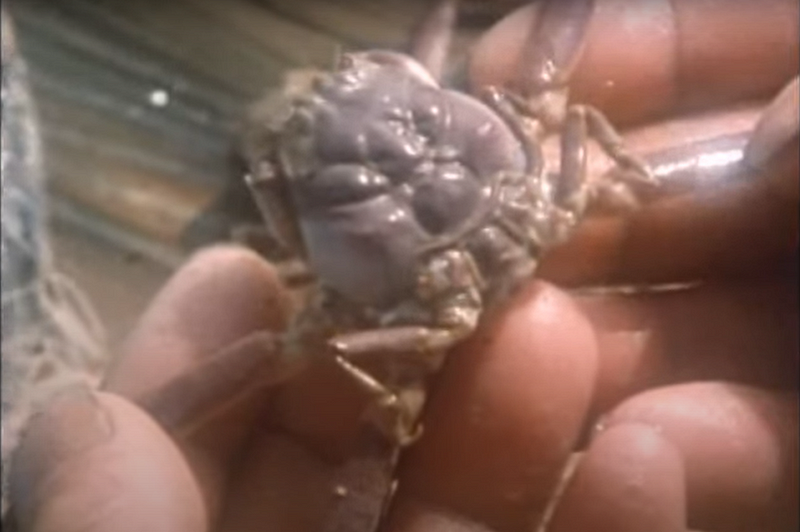Title: The Unintentional Evolution of Samurai-Faced Crabs in Japan
Written on
Chapter 1: The Story of Samurai-Faced Crabs
This is a fascinating narrative blending love, conflict, superstition, and fishing in Japan.

Charles Darwin's concept of natural selection sheds light on the development of various plants and animals. However, human influence can sometimes create unexpected outcomes, leading to a sort of unnatural selection. A prime example of this phenomenon is the accidental evolution of a crab species in Japan that bears a striking resemblance to samurai faces.
Long ago, there existed a Japanese Emperor named Saga (circa 786–842 CE), known for indulging in the luxuries of royal life.

This lifestyle resulted in him fathering around 50 children. While one could dismiss the first 40 as mere accidents, the subsequent offspring certainly raise some eyebrows regarding responsibility.
Despite the joys of parenthood, raising children can be a financial burden, even for an emperor. Consequently, about thirty of his children were "demoted" from their royal status to become regular nobles. These descendants eventually aligned with two powerful samurai clans: the Taira and the Minamoto.
As history tells us, power often draws nobles into conflict. Over the centuries, these two clans engaged in numerous battles, vying for the imperial throne. The situation reached a critical point during a confrontation on Japan's Inland Sea in 1185 CE. After suffering severe losses, the remaining Taira forces, including a young emperor, chose to end their lives by plunging into the sea.
This tragic event left a haunting legacy, leading local fishermen to believe the area was cursed. As a result, they meticulously examined their crab catches for any signs resembling human faces. If such a face was discovered, they interpreted it as a reincarnation of the deceased Taira, promptly returning the crabs to the sea.
Over time, this practice resulted in a peculiar form of unnatural selection, where only crabs with human-like facial features were allowed to survive and reproduce. Consequently, the local crab population began to exhibit increasingly samurai-like characteristics.
Thus, through the actions of an emperor who indulged too freely, and the superstitions of medieval fishermen, a new species of crab with hauntingly human features emerged.

Credit: PBS’s Cosmos — Episode 2
Chapter 2: The Mystique of the Samurai Crabs
This video, titled "Face EATING Samurai Crabs: Heikegani | Japanese Yokai And Folklore," explores the intriguing legends surrounding these unique crabs and their connection to Japanese folklore.
In "The Human Face Crab | Mysteries in Science," this video delves into the scientific explanations behind the evolution of these crabs and their uncanny facial features.
You may also find these topics interesting:
Should We Bring Animals Back From Extinction?
Just because we have the capability doesn't mean we should pursue it.
Five Mind-Blowing Facts About Your Family Tree
Think you know your relatives? These surprising facts might change your perspective!
The Potential for Life on Earth to Be Erased
Earth is the only known location with confirmed life; here’s why that could change.